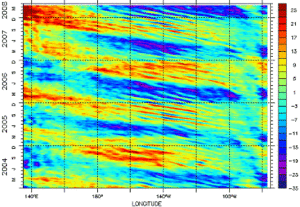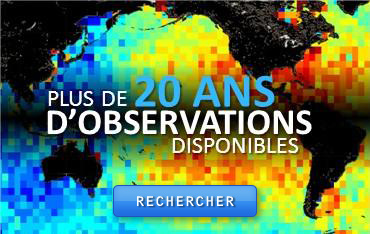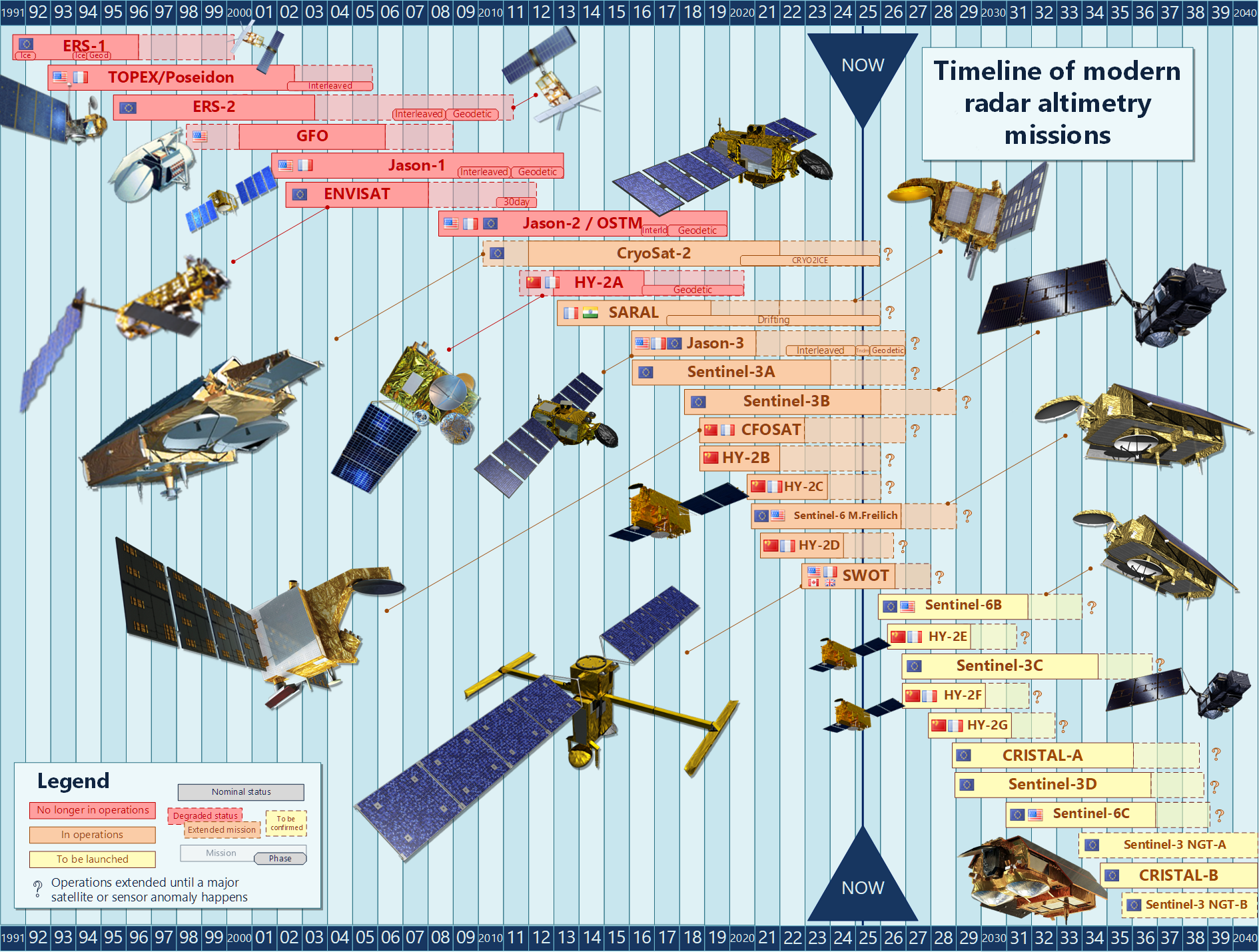Rossby waves in ENSO events
Lively data : May 15, 2008

While La Niña conditions are currently ongoing in the Equatorial Pacific Ocean (see our last Lively data: La Niña, westerly currents), a recent study has clarified the importance of equatorial Rossby waves in the mechanisms of the ENSO phenomenon.
The Rossby waves are mainly generated by wind, with low amplitudes, crossing the ocean basins from east to west and have been observed through satellite altimetry. In spreading toward the west, Rossby waves modify the thermocline depth and the sea level, which generates some current meridian anomalies. These currents, with a north-south (or south-north) direction induce recharge (or discharge) of the equatorial band in warm water before (or during) an ENSO event.

In this case, the LAS is a particularly useful tool because these waves are clearly visible on Longitude-Time diagrams (or "Hovmoller"); they represent the evolution of a variable (here sea level anomalies) over time at a given latitude.
The diagram shown below, between January 2004 and April 2008, at a latitude 5°N (which follows the diagram presented in the Lively data: A temporal ocean slice) shows positive sea level anomalies during El Niño events in 2004 and 2006 followed by negative anomalies during La Niña in 2007/2008. The westward motion of this elevation can be seen on the diagram as inclined and parallel lines that symbolize the Rossby waves.
Further information :
- Bosc, C., and T. Delcroix (2008), Observed equatorial Rossby waves and ENSO-related warm water volume changes in the equatorial Pacific Ocean, J. Geophys. Res., 113, C06003, doi:10.1029/2007JC004613.
- Applications : Rossby and Kelvin waves, El Niño Southern Oscillation - ENSO
![]() Utiliser le Live Access Server
Utiliser le Live Access Server

















